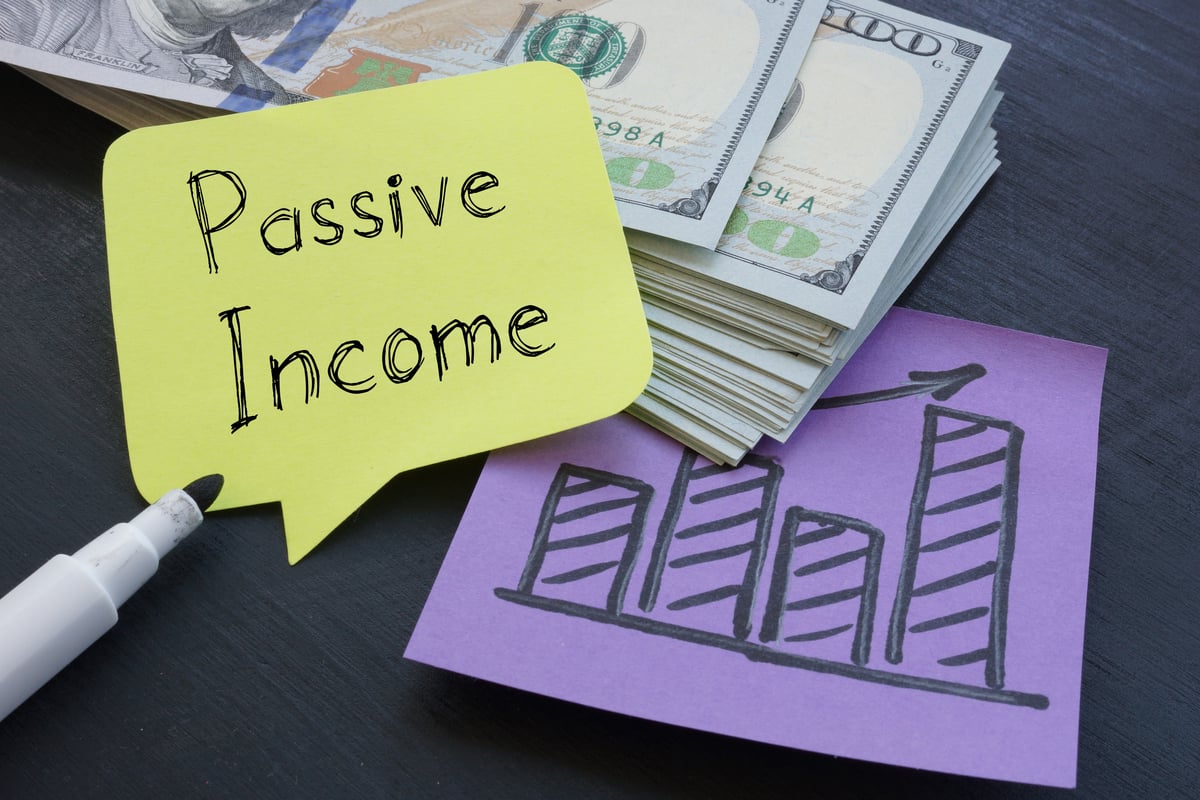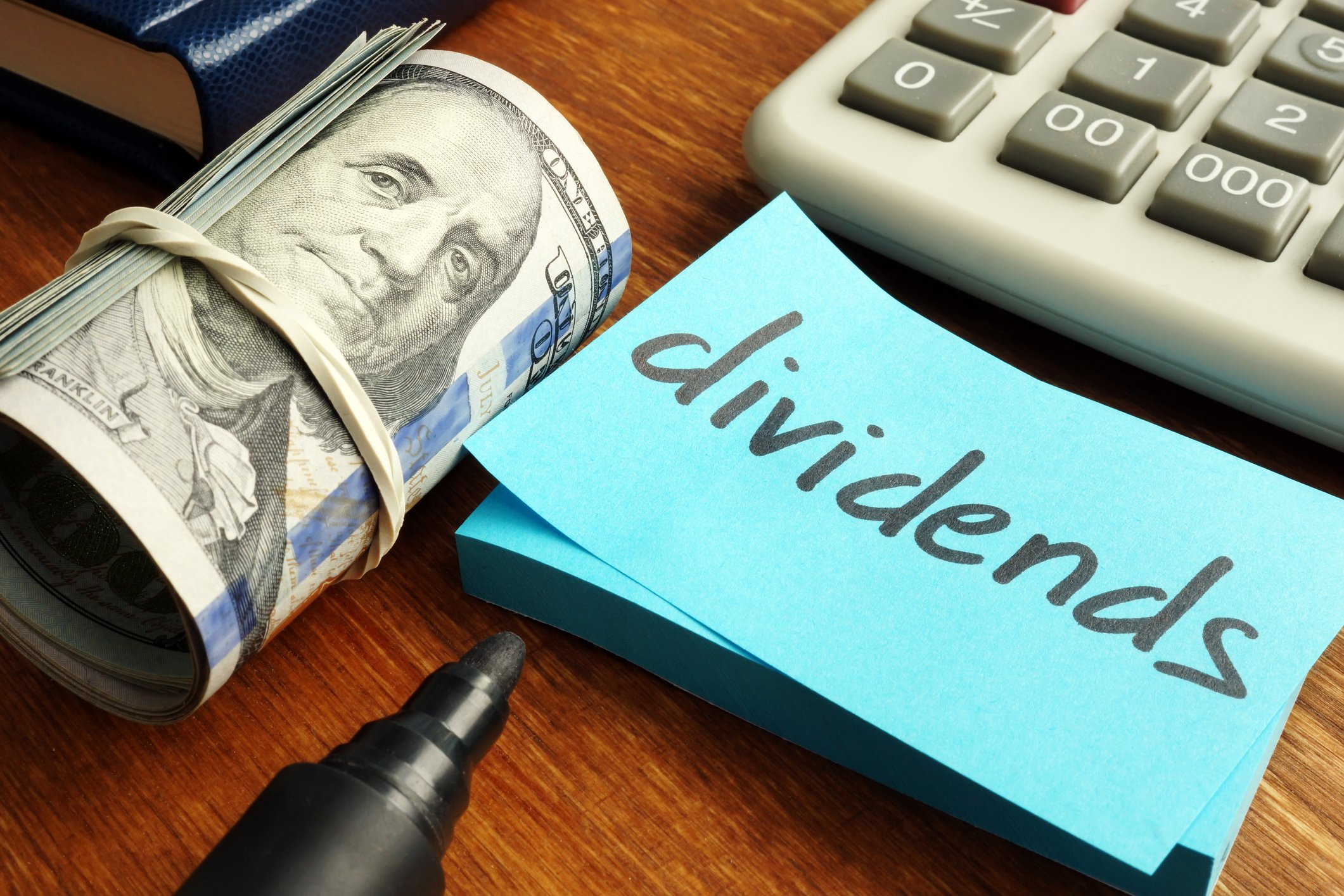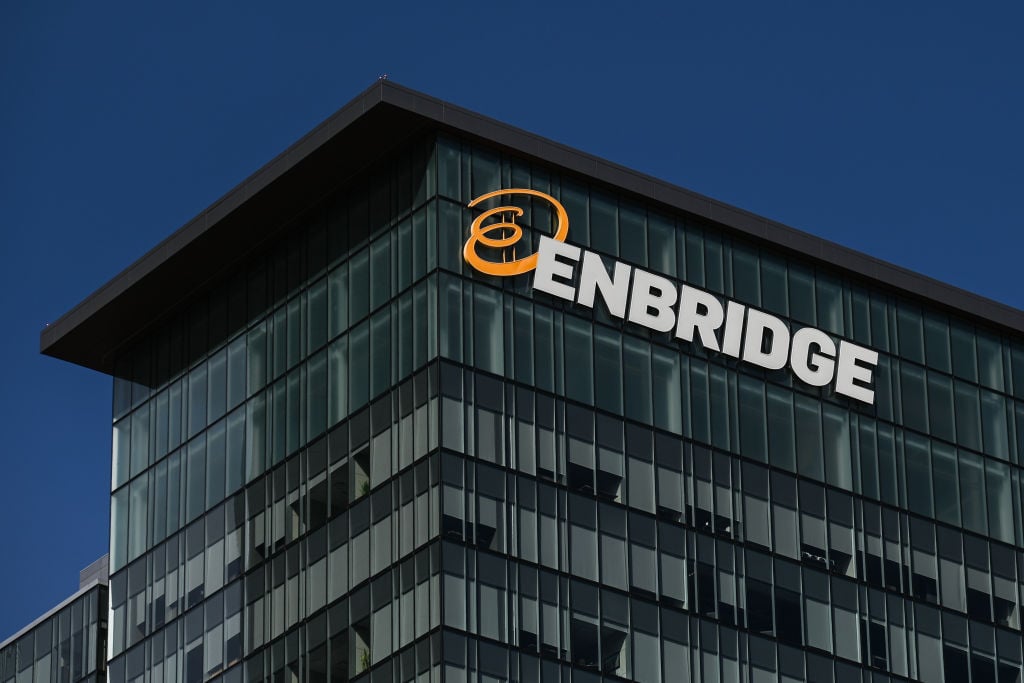Canadian midstream giant Enbridge (ENB 0.46%) is offering a fat 6.9% dividend yield, toward the high end of its historical yield range. Although that's part of my reason for buying this Dividend Aristocrat, it also points to the fact that investors see risks here. These are three of the most prominent risks that have me worried, and why I'm still OK with owning the stock anyway.
1. Crossing the line
Two of Enbridge's highest-profile capital projects right now are upgrades on its Line 3 and Line 5 pipelines. Line 3 alone is a $4 billion investment. The problem is that both projects are facing material pushback from environmentalists, residents, and some levels of government.

Image source: Getty Images.
This isn't unique to Enbridge, as the entire pipeline sector has been facing increasing scrutiny when it comes to new construction. Project delays increase costs while outright project cancelations mean expected cash flows won't appear at all. This is not an issue that can be ignored. However, Line 3 and Line 5 are upgrades of existing assets and will actually make current pipelines safer. Line 5, for example, calls for a tunnel to be built to house a pipeline passing under a key waterway. In addition, both pipelines are vital arteries helping to move energy around both the U.S. and Canada. In fact, shutting Line 5 would likely result in a political rift between the U.S. and its northern neighbor.
So while I am worried about each of these big projects, I believe they will get completed in the end. Still, it is possible that pushback creates delays and extra costs.
2. A heavy burden
My preference is to own companies that make modest use of their balance sheets. There are industry dynamics involved, of course, and midstream companies tend to use more leverage than companies in other sectors. However, Enbridge has a history of using more debt than its peers. Debt-to-EBITDA is the key leverage metric in the pipeline sector and Enbridge's ratio has come down in recent years, sitting at around 4.5 times today. That's close to the 4.1 times of U.S. giant Enterprise Products Partners and four times the smaller, but very conservative, Magellan Midstream Partners. At first blush that suggests there's not much to worry about.
ENB Financial Debt to EBITDA (TTM) data by YCharts
However, it wasn't too long ago that Enbridge's debt-to-EBITDA ratio was a huge 12 times. There were legitimate reasons for that massive spike, but over much of the last decade the ratio was in the six-times space. Historically speaking, today's relatively low leverage is unusual. Enbridge's spending plans also call for taking on a bit more debt in the near term, but that assumes smooth sailing on its big projects. The pipeline giant has investment-grade credit and generates ample cash flow, so it shouldn't have a hard time tapping the capital markets. And yet I feel that I can't take my eye off the balance sheet, just in case things don't go quite as well as planned.
3. The transition plan
One of the big reasons to like Enbridge is its relatively small renewable power business, which makes up a scant 3% of EBITDA. That said, this division has a number of large offshore wind projects in the works today that should expand its importance in the portfolio over the next few years. Essentially, Enbridge is using its older, carbon-tied businesses to shift along with the world toward cleaner alternatives. That sounds like a good plan to me.
However, management has been warning that new projects in the renewable space are being bid so aggressively that they are offering meager returns. During Enbridge's first-quarter 2021 earnings conference call, CEO Al Monaco said the company has been outbid on projects lately and that, "we're going to be very disciplined not to play where we're not going to earn a sufficient return."
On the one hand that's a comforting statement; on the other it suggests that Enbridge's shift toward renewables could be slower than I'd like to see. And the slower the shift, the more risk that the company falls behind the global push toward clean energy. I'm not terribly worried about this right now, given the current projects in the backlog, but it's something that needs to be monitored.
Risk versus reward
In the end, I think Enbridge will be able to, at the very least, muddle through each of these issues while still managing to pay me well, via dividends, for sticking around. It's also important to remember that no company is risk-free (every stock has its warts). At this point I think the historically high yield is more than enough to offset the risks at a company with an over 25-year record of annual dividend increases (with plans to keep that streak going). Still, it would be foolish not to recognize the very real risks that do exist here.







